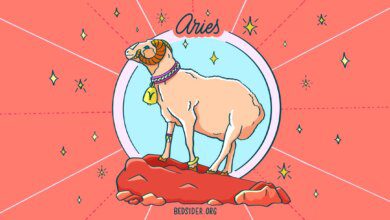Sex & Gender 101 – Birth Control Pharmacist

I recently had the opportunity to attend the Sex & Gender 101 webinar designed to help anyone in the healthcare field learn more about creating trans inclusive care. Creating an inclusive environment is critical because trans people – especially trans people of color – face many barriers to health care.
We’ve all had doctor’s appointments where we had to fill out a form and check one of two boxes to describe our gender: male or female. For someone who is not cisgender, or someone whose sense of personal identity and gender does not match their birth sex, this can immediately cause anxiety and distrust before the appointment even begins.
If we look at gender beyond the binary, we see that many identities make up a person. The first identity to be recognized is the human pronouns; usually, we can think of the pronouns he and she, but there are other pronouns like they/them, ze/zir, or others that a person may decide represent them most accurately. It is important to respect and use a person’s preferred pronouns and to understand that we cannot infer other aspects of a person’s identity based on their pronouns.
Another identity that may be important to recognize in the health care setting is the gender assigned at birth. Like sex, the gender assigned at birth is usually thought of as binary: male or female. However, people can also be intersex, meaning their genetics and/or anatomy may not fit into a traditional male or female box.
Returning to gender, the standard boxes of male and female should be expanded to include, at a minimum, nonbinaries. The term nonbinary is a specific gender identity label and an umbrella term. Whether specific or general, this term refers to anyone whose gender falls outside a strict gender binary. Not all non-binary people consider themselves transgender, but the definition of transgender used here includes non-binary people.
Gender expression is an identity that can be aligned with one’s gender but not necessarily. People of any gender have the freedom to present themselves in feminine, masculine, both, or neither manners. As with pronouns, we cannot assume a person’s other identity based on their gender expression.
The last two identities are sexual attraction and romantic attraction, which, like gender and gender expression, can be the same or different.
I hope like me, you learned something about gender identity. If you are a health care professional, I challenge you to make changes in your practice that will create a more inclusive space for people of all identities.
For more information about this training program, visit https://www.innovating-education.org/course/gender-inclusive-care/.
About the Author
Katie Hood, The PharmD Candidate is a pharmacy student in the Class of 2021 at Shenandoah University Bernard J. Dunn School of Pharmacy and Pharmaceutical Sciences. Katie completed an elective APPE rotation with the Birth Control Pharmacist.






